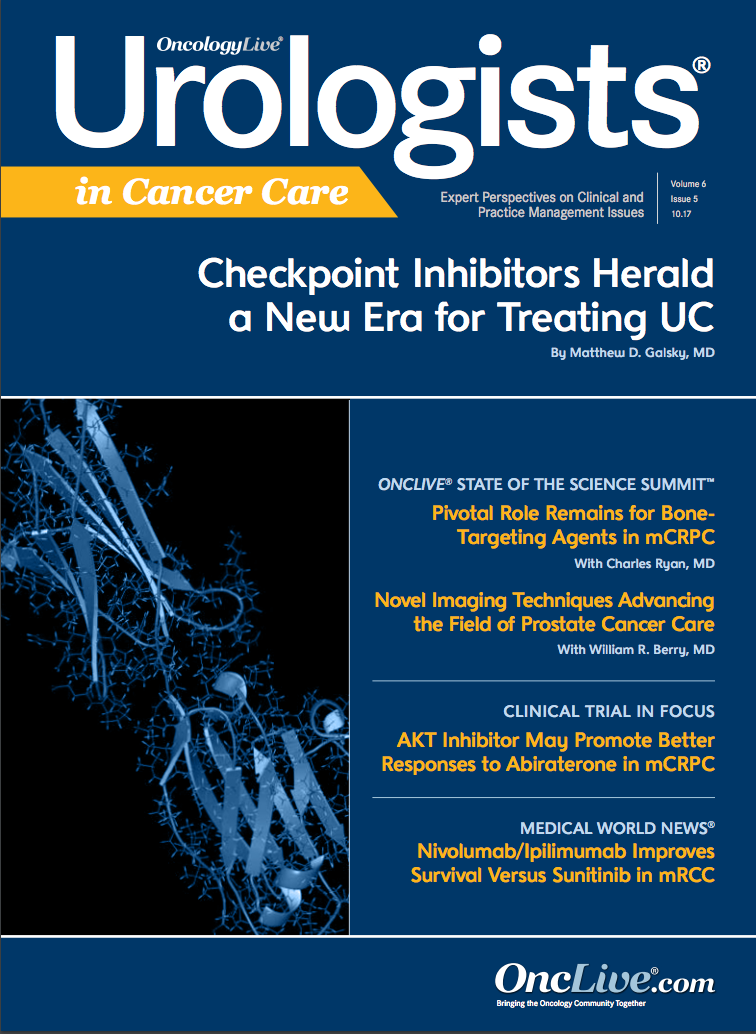Are We Headed for Extinction?
Over the past few decades, we have gradually ceded our diagnostic skills to technology.
Raoul S. Concepcion, MD, FACS
Merriam-Webster’s defines artificial as “humanly contrived often on a natural model: man-made” and intelligence as “the ability to learn or understand or to deal with new or trying situations: reason.” Do artificial intelligence (AI) and computerized learning (CL) bring us closer to the ideal of what Dr Mayo promulgated nearly a century ago? At some point in their careers, usually when interviewing for medical school or a residency program, most physicians are asked the singular question: Is medicine more a science or an art? I suspect the answer put forth by the majority of us is that it is a combination. For surgeons and urologists, “more art than science” might be the prevalent answer. But I also predict that this, too, is changing as time passes.
The majority of the great diagnosticians of the modern era— Osler, Halsted, Cushing, Harrison, and Taussig, to name just a few—were dependent on their physical examination skills paired with a precise intake of a complete and accurate history. Generations of physicians learned to compose their notes using the standard SOAP protocol (subjective, objective, assessment, and plan). They had limited serological testing. The use of a microscope for urine and blood evaluation was performed personally and not by an automated system. Imaging involved plain films only.
Over the past few decades, we have gradually ceded our diagnostic skills to technology. History-taking now involves an electronic medical record that is laborious and, clinically, not that helpful. Computerized axial tomography and ultrasound were the first breakthroughs in the 1960s and ’70s. We have now moved into the era of molecular-based imaging, which will provide us more physiologic information rather than just pure anatomy. With the aid of AI and CL, does this possibly make our radiology colleagues an endangered species?
The successful completion of the Human Genome Project in 2003, coupled with enhanced laboratory technology, has led to an explosion of next-generation sequencing and “panomic” testing: genomics, transcriptomics, proteomics, metabolomics, etc. Whether our pathologists will also follow the road of near extinction, as molecular testing rather than histopathology may be the sine qua non for diagnosis, remains to be seen.
This issue becomes even more germane with the ever-increasing understanding of tumor heterogeneity and approval of drugs based on molecular drivers and presence or absence of mutations and not the organ of origin. Could we have a molecular Gleason grade? Clustered Regularly Interspaced Short Palindromic Repeats (CRISPR) and CRISPR-associated protein 9 (Cas9) splicing technology potentially allows us to delete and modify the genome to accomplish 1 of Dr Mayo’s goals: disease prevention.
We are all well aware of how the field of urology is, surgically, becoming ever more noninvasive, especially with the advent of robotic technology. As mentioned, next-generation imaging will have a tremendous impact on our specialty. We know that in the United Kingdom, there is movement toward prostate cancer screening using multiparametric—magnetic resonance imaging rather than digital rectal exam and PSA. It does not hurt that the cost is borne by the government and at a fraction of the price patients pay in the United States. Next-generation imaging will also lead us down the road of combining diagnostic and therapeutic modalities into a single agent, known as theranostics.
Despite what seems to be the negative tenor of this missive, all these advancements, I believe, will result in the second premise that the esteemed Dr Mayo put forth: prolonging life. The technology and science are mind-boggling, especially considering the rapidity with which they are being published and approved. As physicians, we again owe it to our patients to stay current with the literature and have a better understanding of the potential and shortcomings of these developments.
I do know, however, there is 1 area that AI will never usurp and that Dr Mayo has not given enough credit: the doctor—patient relationship. Our patients depend on us to provide and present the best up-to-date information possible and formulate a lifelong plan in a trusting and compassionate fashion, taking the time to sit down and discuss their plight. This basic concept will ensure our survival.




